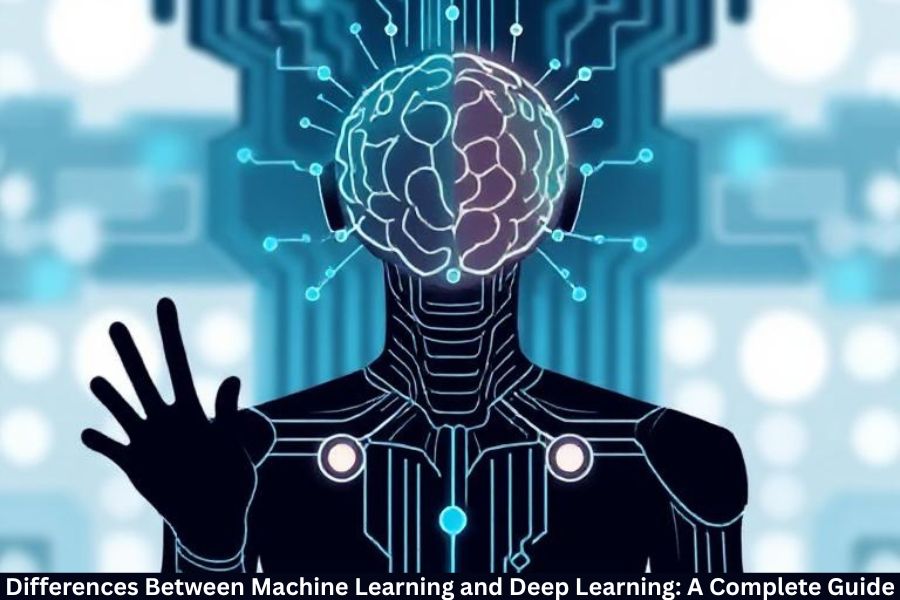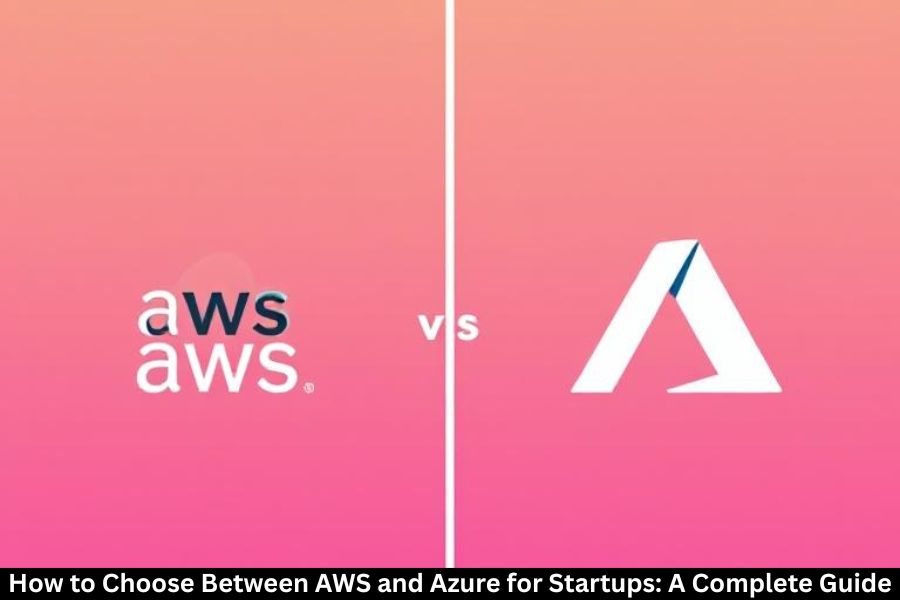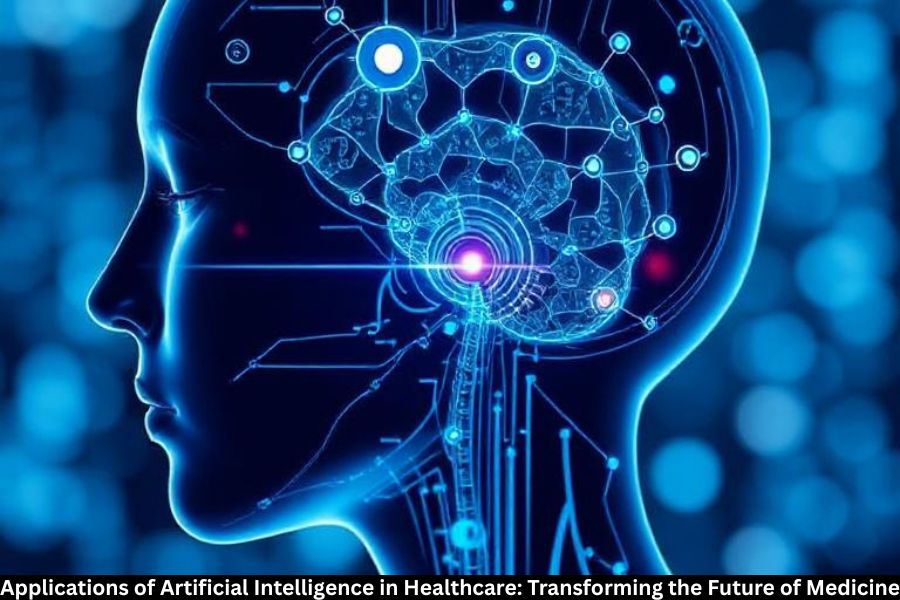From Alexa and Siri to autonomous vehicles, AI technologies are having a profound impact on the way we live. In the AI domain, the terms Machine Learning (ML) and Deep Learning (DL) are the most prominent. These terms are often used interchangeably in conversations, which is not accurate. Understanding the distinctions between ML and DL is valuable to comprehend the functioning of technologies today and the strategic implementation of such technologies in businesses.
What is Artificial Intelligence (AI)?
Artificial Intelligence is the general idea of developing machines with the ability to imitate human intelligence. Consider AI as the giant concept in which Machine Learning and Deep Learning exist.
AI → The giant concept
ML → Part of AI
DL → Part of Machine Learning
What is Machine Learning (ML)?
Machine Learning refers to the practice of developing systems that can adapt and improve from past experiences and data, without being rigidly programmed. Unlike traditional programming, where explicit rules are laid down, ML systems are developed with an approach to observe data patterns and to make forecasts.
For example, Netflix recommending movies to watch next based on your viewing history.
Types of Machine Learning
Supervised Learning – Trained with labeled data (example: spam and non-spam emails).
Unsupervised Learning – Works on unlabeled data (example: grouping customers by their shopping behavior).
Reinforcement Learning – Learns by repeated attempts, similar to AI designed to play and improve at games.
What is Deep Learning (DL)?
As an advanced field of machine learning, deep learning comes with its own set of challenges and is designed to imitate the neural networks of the human brain. Unlike other AI systems, deep learning does not require heavy assistance to engineer features; instead, it is capable of extracting features directly from the raw data.
All of Google’s services like Google Translate, self-driving vehicles, and facial recognition rely on deep learning.
How Deep Learning Works
Deep learning utilizes artificial neural networks that consist of multiple layers:
Input Layer — Raw data (pixels of an image)
Hidden Layers — Patterns extracted automatically
Output Layer — The prediction is given.
The “deeper” the network, the more layers it contains, which is why deep learning networks are named this way.
Machine Learning vs Deep Learning: The Fundamentals of Contrast
Feature Machine Learning Deep Learning
Data Requirement Performs well with small to medium scale datasets Requires huge datasets
Hardware Standard CPUs Standard GPUs/TPUs
Feature Engineering Manual Automatic
Training Time Hours to days Weeks to months
Accuracy Good but limited High (if enough data & power)
Interpretability Easy to explain Harder (black-box models)
Data Requirements: Small vs Big Data
For ML, you would not require millions of examples. For example, predicting house prices only requires an average-sized dataset. In the case of deep learning, it is suited to very large speech recognition or image classification datasets, where there are billions of examples.
Hardware and Computing Needs
Machine Learning algorithms can be executed even on a basic laptop. However, Deep Learning requires the use of advanced GPUs or TPUs, not only to speed up the calculations but also to manage the convoluted computations. This is the reason why Deep Learning projects require a lot of funding.
Feature Engineering: Manual vs Automatic
In Machine Learning, a person determines which features to include (e.g., “age” or “income” in a loan prediction model). In Deep Learning, the network itself identifies which features matter most. As a result, Deep Learning is more powerful but less transparent.
Speed and Training Time
Training Machine Learning models is generally faster, and sometimes Deep Learning models can be fine-tuned in weeks to provide better performance in complex problems.
Accuracy and Performance
ML is sufficient for the simpler use cases, more so when the data is of limited quantity. However, when the use case involves greater complexity, such as recognizing objects in an image, then DL offers superior accuracy.
Real-Life Case Studies Using Machine Learning
- Email spam filters
- Predictive maintenance in industries
- Credit card fraud detection
- Recommendation engines (Amazon, Netflix)
Real-Life Case Studies Using Deep Learning
- Self-driving cars detecting pedestrians and traffic signs
- Virtual assistants like Siri or Google Assistant
- Medical image analysis for early disease detection
- Real-time language translation
When to Use ML vs DL
Use ML when you have smaller datasets, limited resources, and need quick results.
Use DL when you have massive datasets, powerful hardware, and need cutting-edge accuracy.
Future of ML and DL
The distinction between Deep Learning and Machine Learning is fading due to the advancements in technology and increasing data, which will enable DL to be superior in numerous fields. For simpler and resource-efficient applications, ML will continue holding value. AI, automation, and decision-making are evolving with the help of DL and ML.
Final Thoughts
As a part of the AI family, ML and DL are comparable to siblings. Unlike DL, which can power advanced applications such as autonomous vehicles and cutting-edge medical treatments, ML functions well with smaller, simpler tasks. The decision of which technology to use greatly depends on the business challenge, data, and financial resources. The impact that ML and DL will have on the innovation front is highly anticipated as it will change how humans operate.
Frequently Asked Questions
Is deep learning always better than machine learning?
DL requires a larger set of data and more advanced resources than ML does. However, for small, simple problems, ML proves to be the more practicable choice.
Can machine learning work without big data?
Indeed, ML can operate with small and medium datasets, unlike deep learning that requires a large amount of data to function.
Why is deep learning called “deep”?
It is because deep learning uses several hidden layers in neural networks to identify the patterns.
Which is easier to understand—ML or DL?
Compared to ML models, deep learning models are much more difficult to interpret.
What’s the future of ML and DL?
Both as a domain will evolve. As complex applications arise, DL will be used. In contrast, ML will continue to be utilized in domains as it is more resource-efficient, simpler, and faster.



